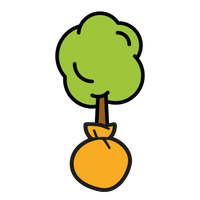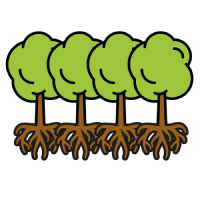When should I plant Darwins Barberry hedging?
The best time to plant Berberis Darwinii is during autumn.
How far apart do you plant Darwins Barberry plants?
We recommend planting around 45-60cm apart for the a bushy and dense Barberry hedge - you can plant up to 4 per metre, however, for a hedge much quicker.
How to plant your Darwins Barberry:
First, dig a hole that is twice the width of the root ball, but about the same depth, and sprinkle a nice handful of bone meal or root grow into the soil, and mix in well.
Place the plant into the hole, ensuring it is in the middle and straight, then fill back in with excess soil and press down lightly but firmly to secure the plant well.
Ensure to water thoroughly for the first year of planting to help the roots establish properly.












